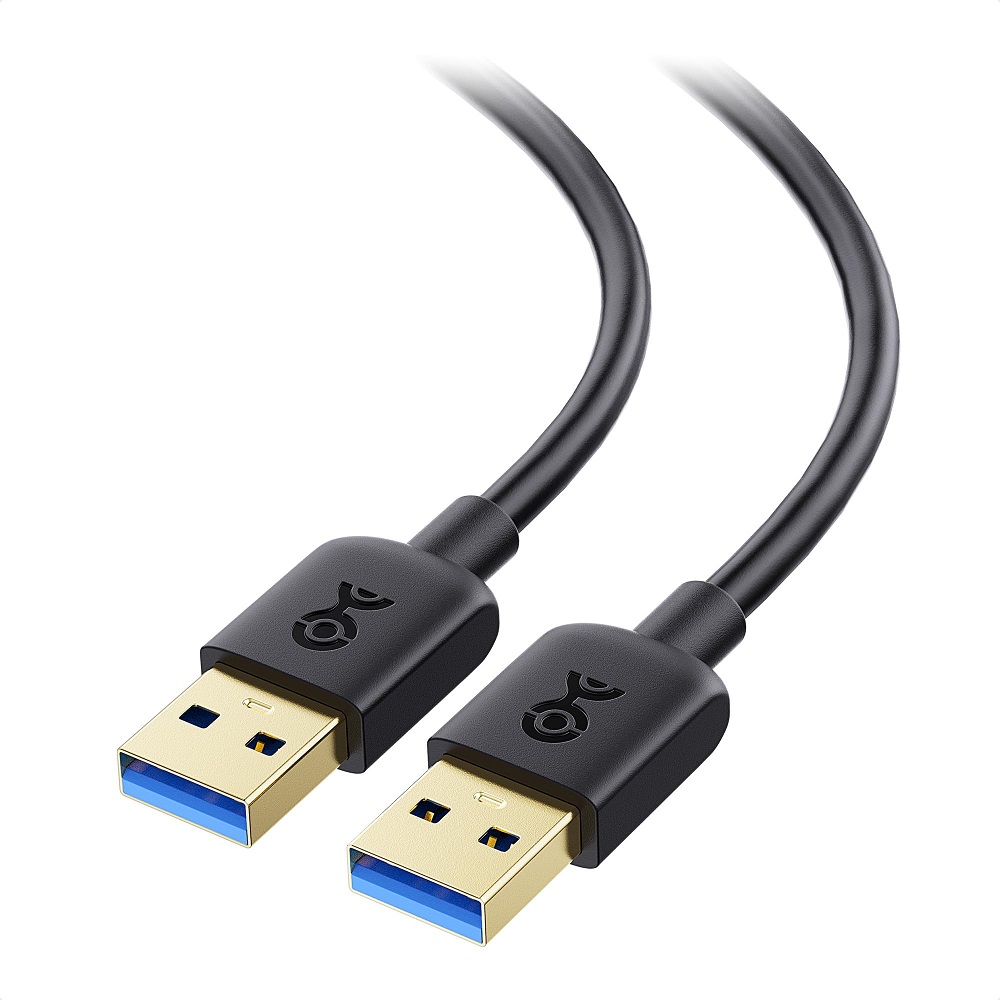As technology evolves, many new devices adopt USB-C connectors for their versatility and enhanced performance. However, USB-A connectors remain prevalent in numerous devices. Even in 2024, USB-A is still widely in use due to its legacy compatibility and practical applications. This article discusses the top ten devices that continue to feature USB-A connectors, highlighting their importance in everyday life.
Traditional Computers and Laptops
The Enduring Presence of USB-A
Traditional computers and laptops continue to embrace USBA connectors in 2024. Most PCs and laptops come equipped with several USBA ports, offering convenience for users who need to connect various peripherals. Despite the growing trend toward USBC, manufacturers often retain USBA ports to ensure compatibility with older accessories.
Many users rely on USBA ports for connecting essential devices like keyboards, mice, and printers. The familiarity of USBA is comforting for those who have used it for years. As a result, it remains a standard feature in most computers and laptops, making it easy to plug in and start working without complications.
Importance in Office Environments
In office environments, USBA connectors play a crucial role. Many essential peripherals, such as scanners and external hard drives, still use USBA connections. These devices provide reliable performance for document management and data backup tasks. The presence of USBA ports in computers helps facilitate efficient workflows and ensures seamless integration with existing equipment.
Furthermore, many workplaces still have older equipment that relies on USBA. Retaining USBA ports allows users to continue utilizing their legacy devices effectively while transitioning to newer technology at their own pace. This adaptability is essential in maintaining productivity in various professional settings.
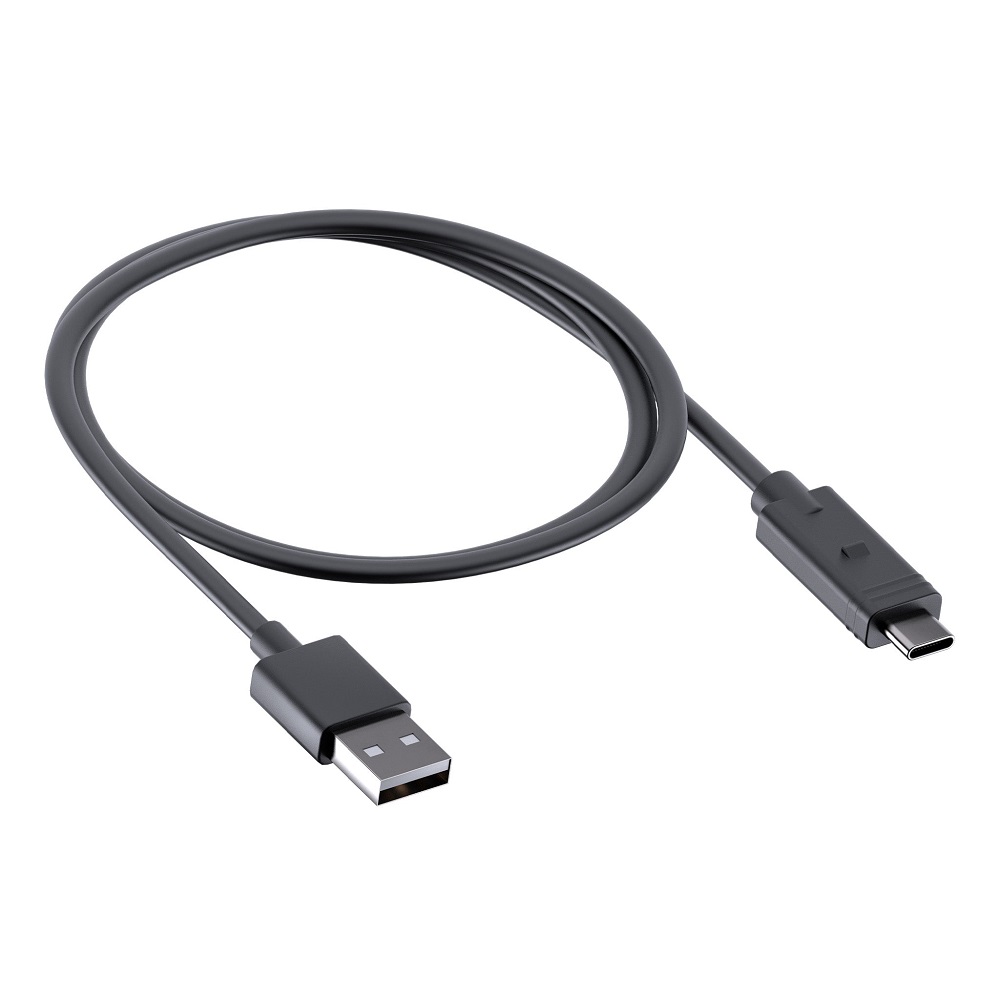
Printers and Scanners
Continued Use of USB-A Connectivity
Printers and scanners are two of the most prominent examples of devices that still utilize USBA connectors in 2024. Despite advancements in wireless technology, many users prefer the stability provided by USBA connections for printing documents and scanning images. This reliability is particularly valuable when handling large files or during high-volume printing tasks.
Most printers come with both USBA and wireless capabilities. Users who prioritize speed and reliability often opt to connect their printers directly to their computers via a USBA cable. This option minimizes connection issues that may arise from wireless networks, ensuring a smooth printing experience every time.
Legacy Compatibility
For printers manufactured before the widespread adoption of USBC, USBA remains the primary method for connecting to computers. Many organizations still use these older models due to their reliability and familiarity. As a result, USBA connectors play an essential role in maintaining compatibility with a wide range of printer models.
This continued reliance on USBA in printing and scanning devices highlights the standard’s persistence in daily tasks, regardless of technological changes in other areas. Businesses that utilize an array of printers and scanners appreciate the ongoing functionality offered by USBA connections.
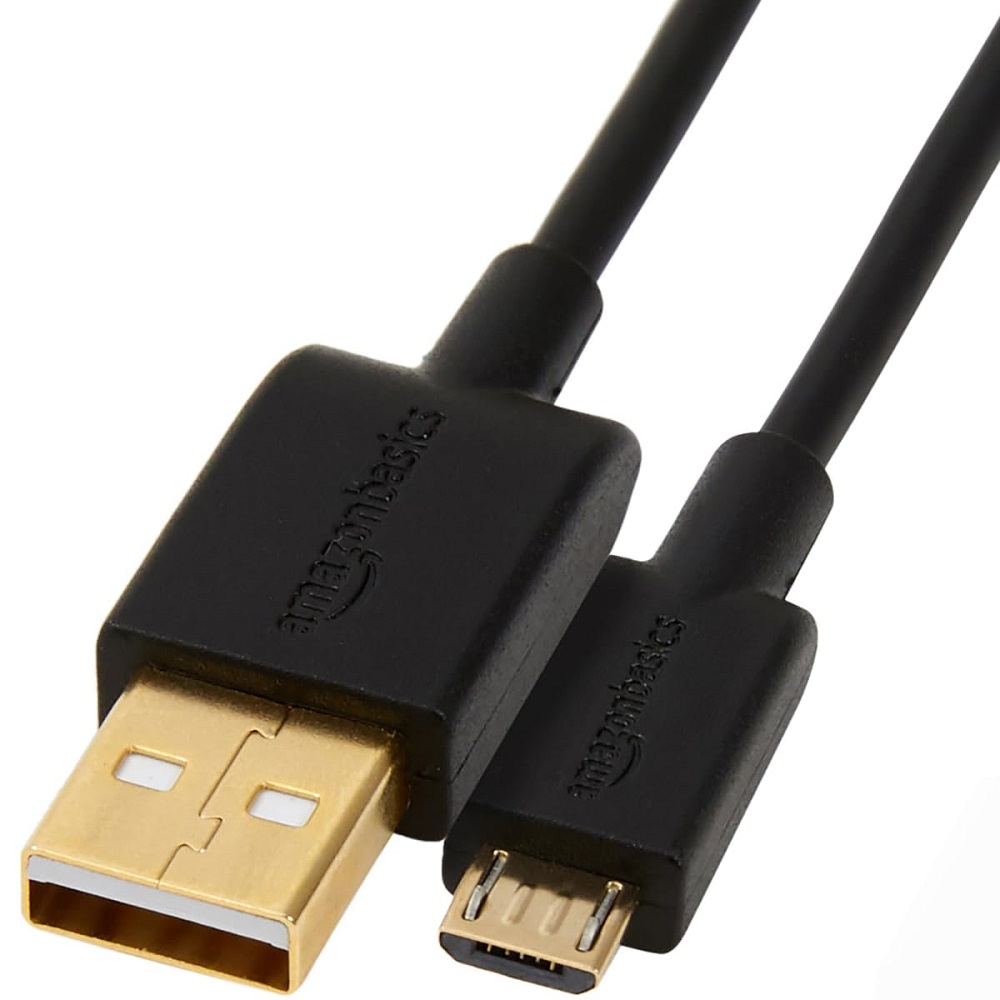
External Hard Drives
Data Storage with USBA
External hard drives remain a common storage solution in 2024, and many still feature USBA connectors. These devices provide necessary storage capacity for backing up files and transferring data between computers. While some manufacturers offer USBC versions, USBA connections continue to be prevalent due to their widespread compatibility.
Many users prefer the reliability of USBA when accessing data stored on their external hard drives. The ease of connecting via USBA ensures that users can quickly transfer files without dealing with complex setups. This simple functionality makes it ideal for users who regularly back up data or move files between systems.
Compatibility with Legacy Systems
External hard drives with USB-A connectors offer seamless compatibility with older systems that lack USB-C ports. For users with legacy computers or laptops, maintaining accessibility to files is crucial. USB-A connections bridge the gap between modern devices and older technology, ensuring that users can still access and store data as needed.
Overall, the persistence of USB-A in external hard drives demonstrates its importance in data management and storage solutions, even as technology continues to evolve. Users appreciate the reliability and convenience of USB-A in their day-to-day computing tasks.
Digital Cameras
USB-A for Image Transfer
Digital cameras widely use USB-A connectors for transferring photos and videos to computers. Despite the rise of wireless connectivity options, many photographers still prefer the simplicity of directly connecting their cameras to their computers via USB-A. This approach ensures faster data transfer rates and eliminates the possibility of connectivity issues that may arise in wireless setups.
Most digital cameras come with USB-A cables, making it easy for users to connect and transfer their images readily. The established nature of USB-A connections provides peace of mind for photographers who rely on stable and efficient data transfers, especially when dealing with high-resolution images and large video files.
Supporting Legacy Cameras
Many older digital camera models still rely on USB-A connectors. Photographers who own or use legacy equipment can continue their workflow without significant changes thanks to the ongoing use of USB-A cables. Even as new technologies emerge, photographers appreciate the ability to work with their existing gear, maintaining versatility in their craft.
The persistence of USB-A connections in digital cameras highlights its ongoing relevance in the photography community. Regardless of advancements in camera technology, USB-A connectors remain a key element in image transfer and file management.
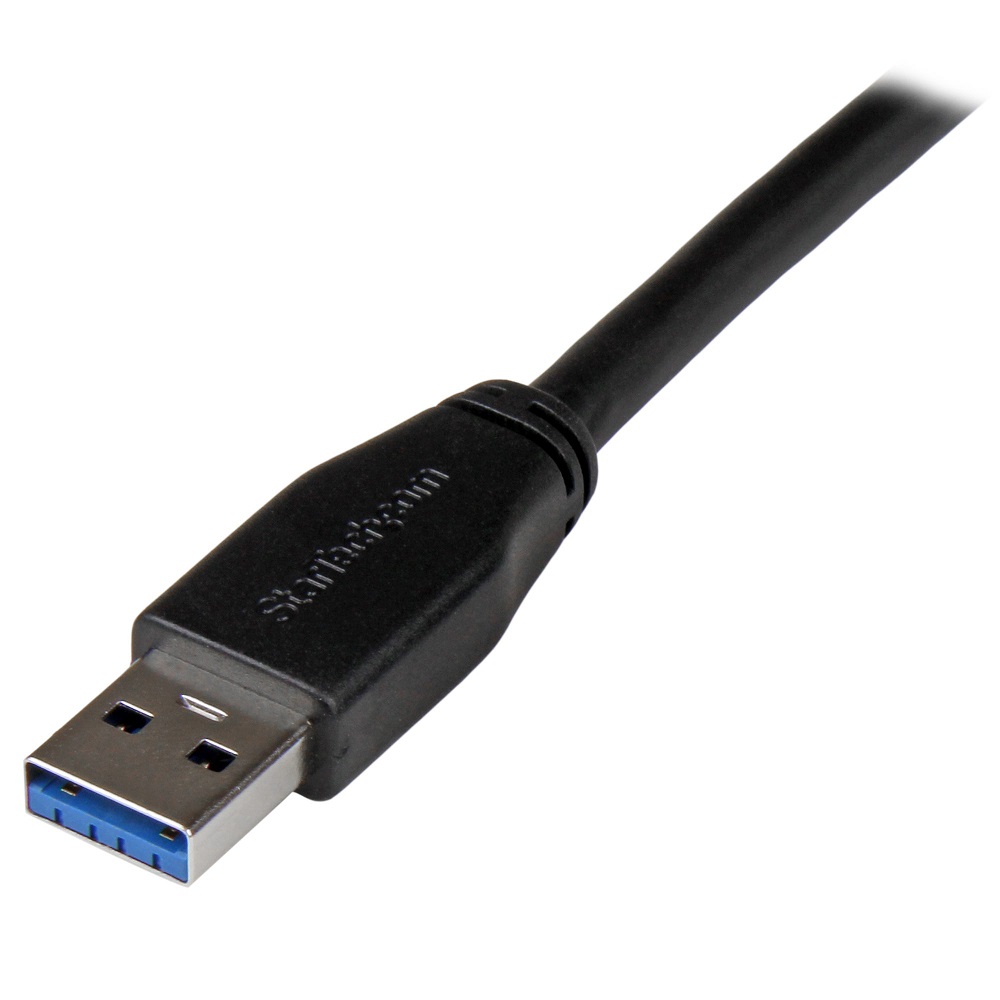
Game Consoles
USB-A in Gaming
Game consoles, such as the PlayStation and Xbox, frequently include USB-A ports to facilitate connectivity with various devices. These ports allow players to connect controllers, external storage devices, and other peripherals easily. In 2024, many consoles continue to embrace USB-A as a standard option alongside newer USB-C ports.
Many gamers use USB-A for connecting wired controllers to their consoles. Wired connections provide a reliable gaming experience, eliminating lag or connectivity issues during crucial gaming moments. Additionally, USB-A ports support accessories such as headsets and charging stations, enhancing the gaming experience.
Legacy Support for Accessories
Game consoles often maintain compatibility with legacy accessories designed for older models that utilize USB-A connectors. For example, many players still have USB-A gaming peripherals from previous generations. By keeping USB-A ports, manufacturers ensure that users can maximize their investment in gaming hardware while transitioning to newer console generations.
As a result, the presence of USB-A ports in gaming consoles further demonstrates its lasting significance in the realm of entertainment technology. The ability to connect old and new peripherals creates a seamless gaming experience for players.
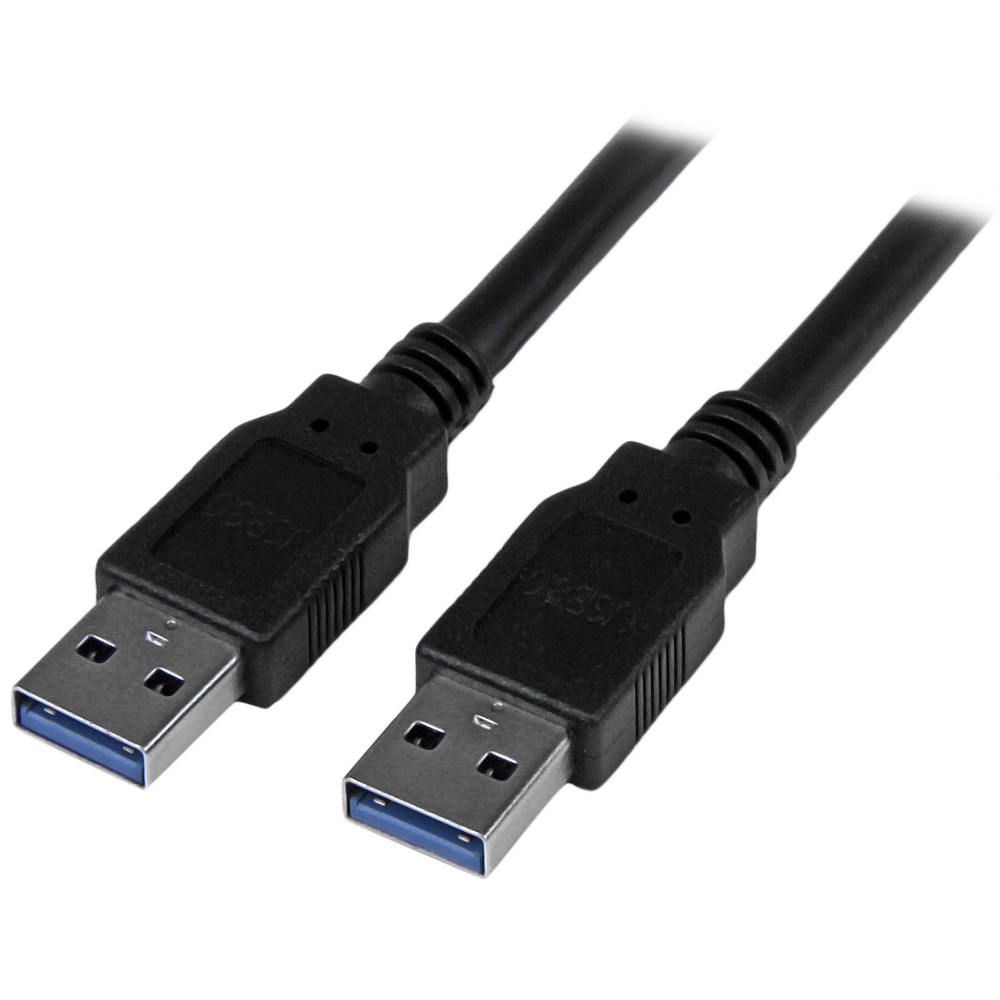
Mobile Device Chargers
USB-A Chargers
USB-A connectors remain standard for many mobile device chargers in 2024. Even as USB-C becomes increasingly popular, numerous smartphones, tablets, and accessories still feature USB-A chargers. This wide range of compatibility ensures that users can charge their devices easily using a variety of chargers.
Many users still possess USB-A charging cables that work with their devices. Despite the push for USB-C, USB-A remains a reliable charging standard for countless mobile devices. Traditional wall adapters, car chargers, and power banks often come equipped with USB-A ports, making access to charging solutions convenient and widespread.
Compatibility with Accessories
USB-A chargers also have the advantage of compatibility with many accessories such as power banks and portable chargers. These devices often still utilize USB-A connections for charging, further emphasizing the continued importance of this standard in the mobile technology landscape. Users can rely on their existing charging solutions, simplifying their charging experiences.
The ongoing use of USB-A connectors in mobile device chargers illustrates the relevance of this standard in everyday life. As users continue to depend on USB-A for mobile charging, it remains an essential part of their connectivity needs.
Audio Devices
USB-A in Headphones and Speakers
USB-A connectors are still common in audio devices, particularly headphones and speakers. Many wired headphones come with USB-A connectors that allow users to connect to computers, strobe lights, and other devices. Speakers and soundbars similarly include USB-A ports to facilitate audio connectivity.
Users appreciate the straightforwardness of connecting audio devices through USB-A. The simplicity removes any technical barriers, allowing users to enjoy quality sound while connecting quickly. Even wireless speakers may still support USB-A for charging or auxiliary connections, reinforcing the importance of this standard in audio technology.
Legacy Audio Equipment
Audio enthusiasts may own older audio equipment that still operates with USB-A connectors. This legacy equipment provides familiarity and reliability in sound quality. As a result, the ongoing ability to connect through USB-A ports ensures that users can continue making the most of their legacy devices without facing compatibility issues.
The continued use of USB-A in audio devices showcases its significance in the realm of sound and music production. Despite technological advancements, the standard persists as a go-to mode of connection for audio applications.
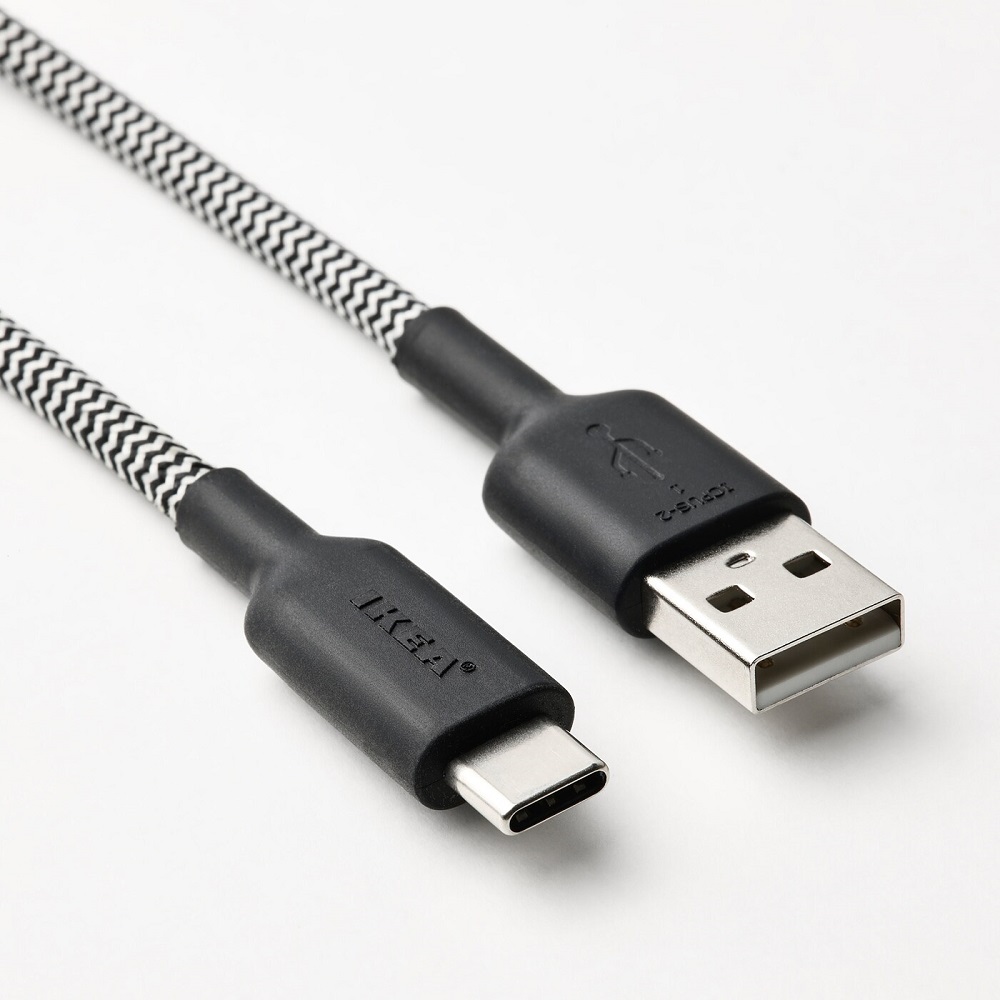
The Lasting Relevance of USB-A
In conclusion, USB-A connectors remain prevalent across various devices in 2024. Despite the rise of USB-C technology, USB-A continues to be an essential part of how we connect and interact with our electronics. From computers and printers to game consoles and mobile chargers, the legacy of USB-A cannot be overlooked.
For many users, USB-A offers simplicity, reliability, and familiarity. The continuity of this standard allows individuals to connect their devices quickly and efficiently, minimizing connectivity uncertainties. The versatility and compatibility of USB-A ensure it remains relevant in the ever-evolving tech landscape.
As technology continues to advance, USB-A is likely to coexist alongside newer standards. The unique strengths of USB-A help maintain its position as a widely used connector in many devices. For consumers, the enduring presence of USB-A highlights the importance of accessibility and practicality in the world of electronics.
